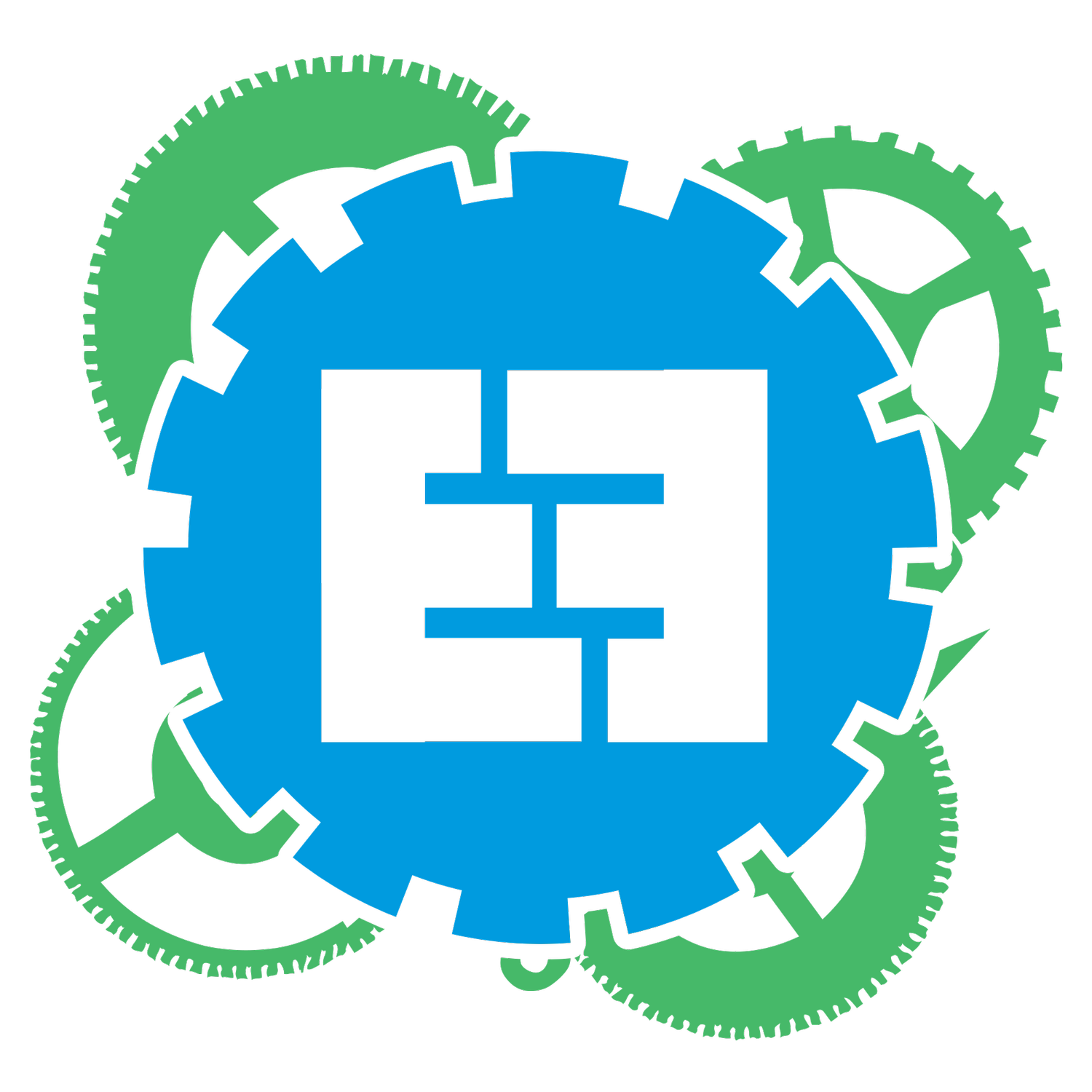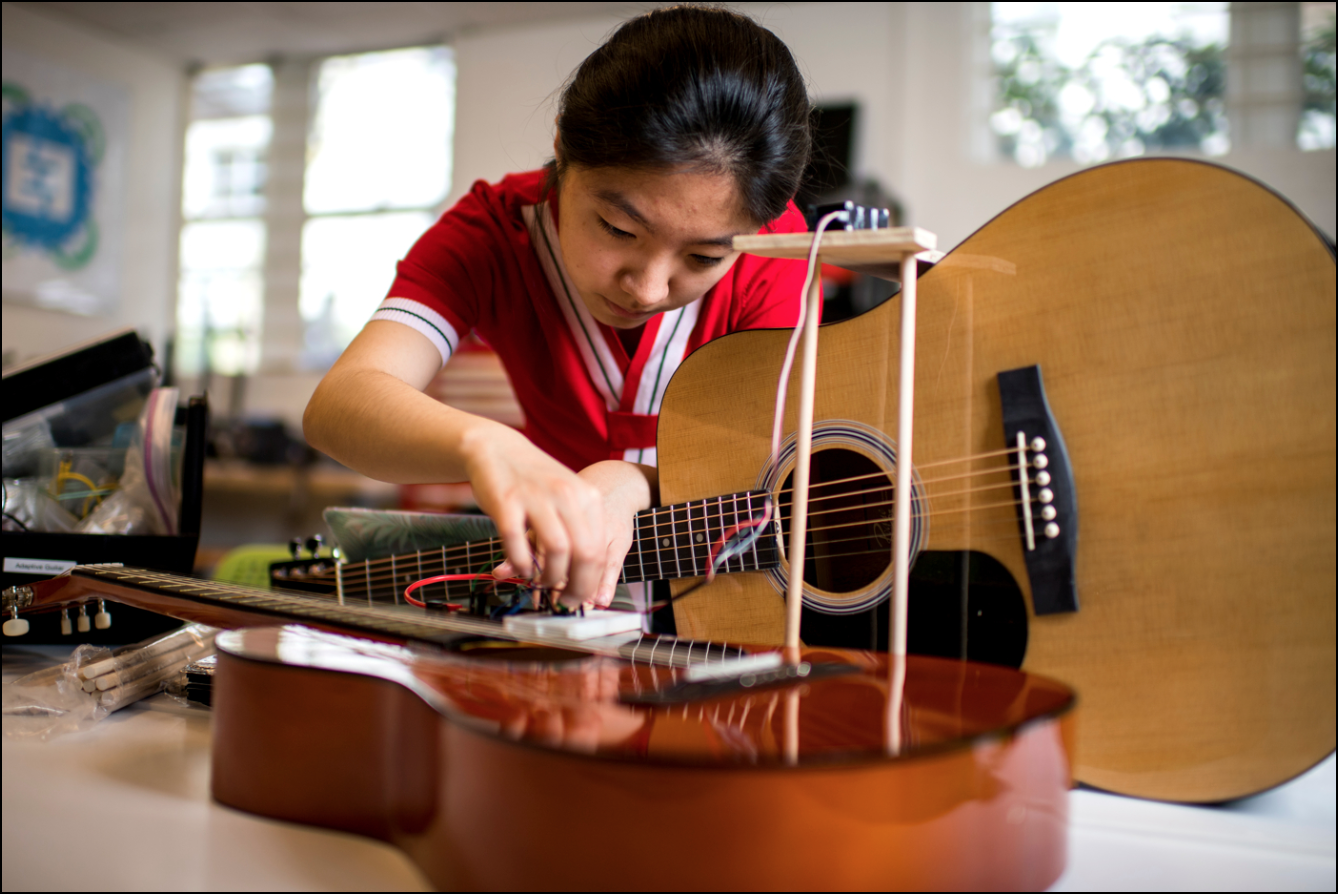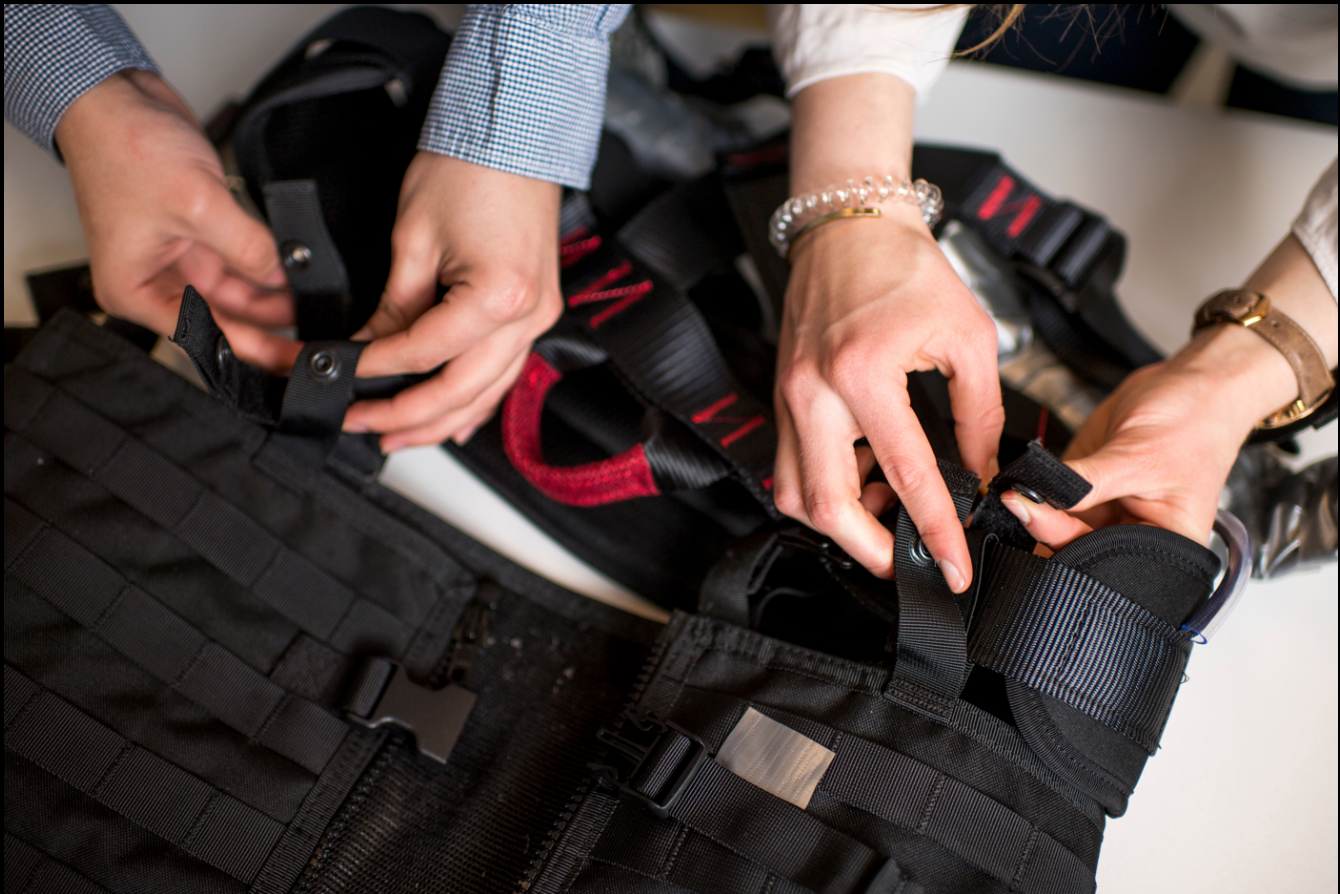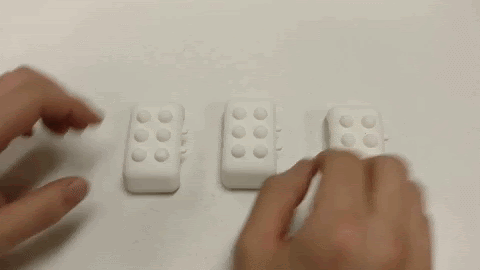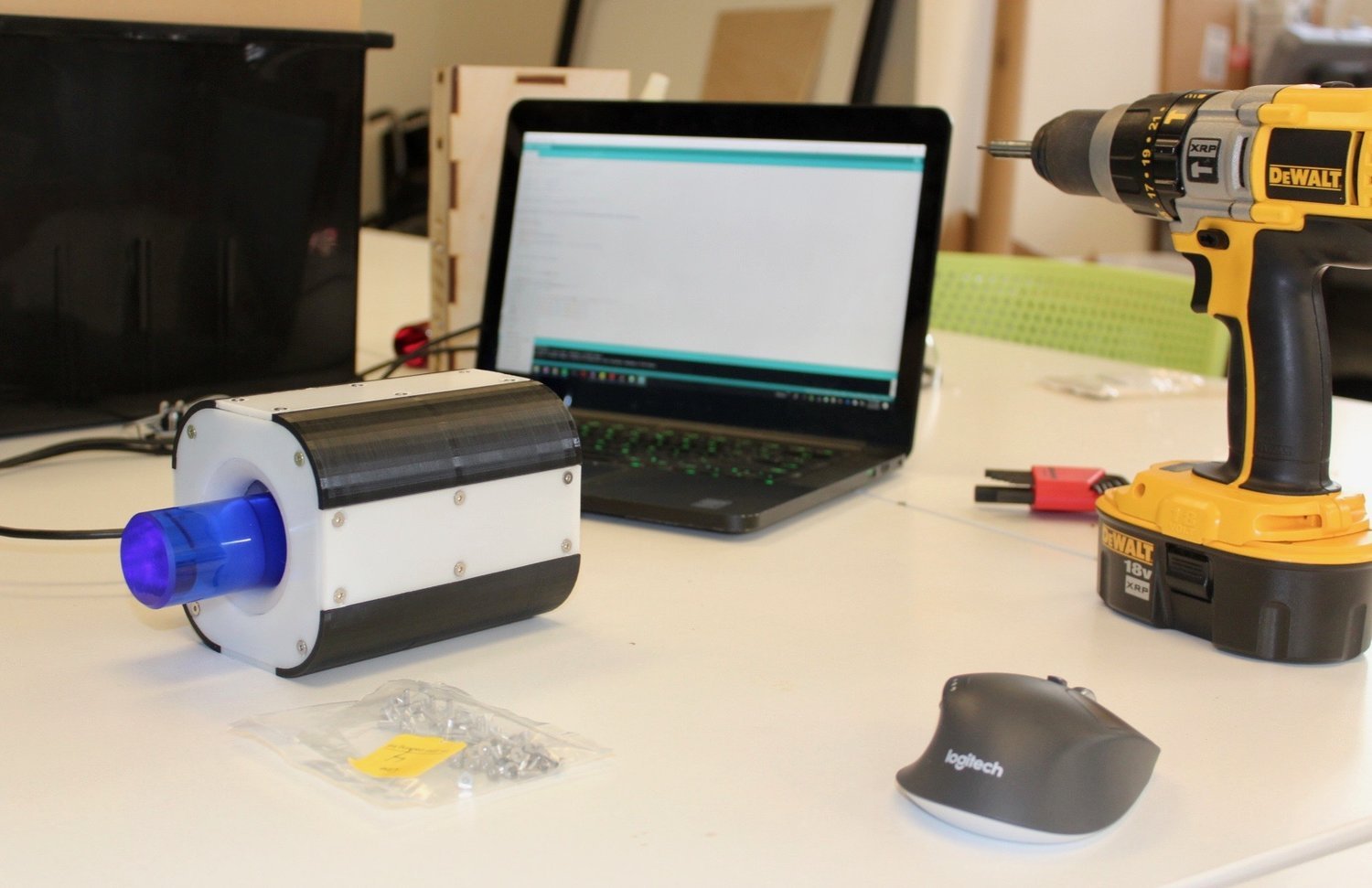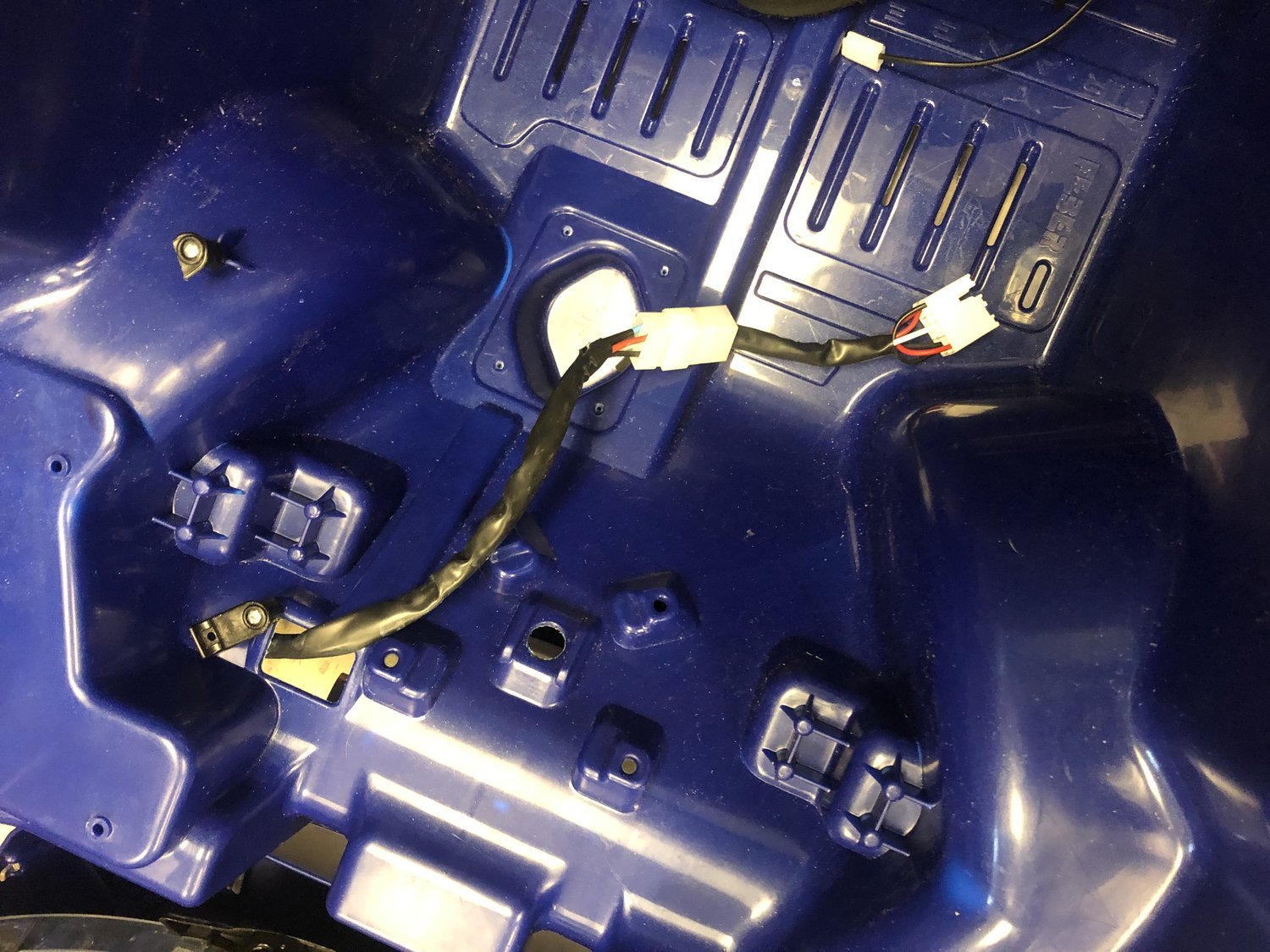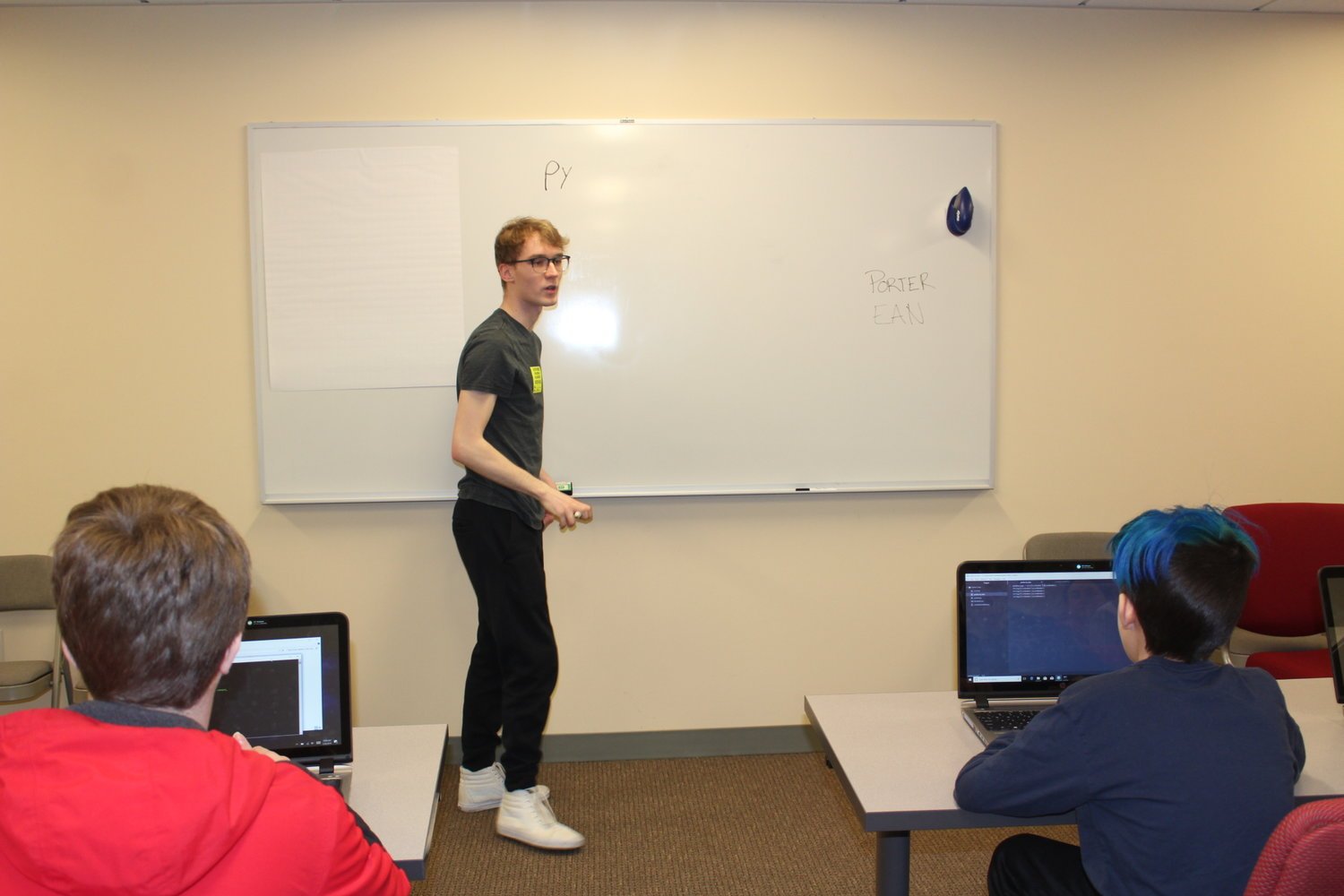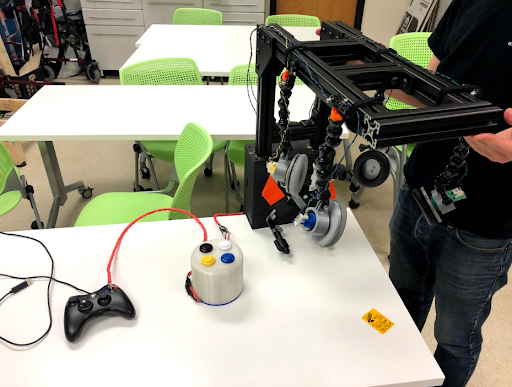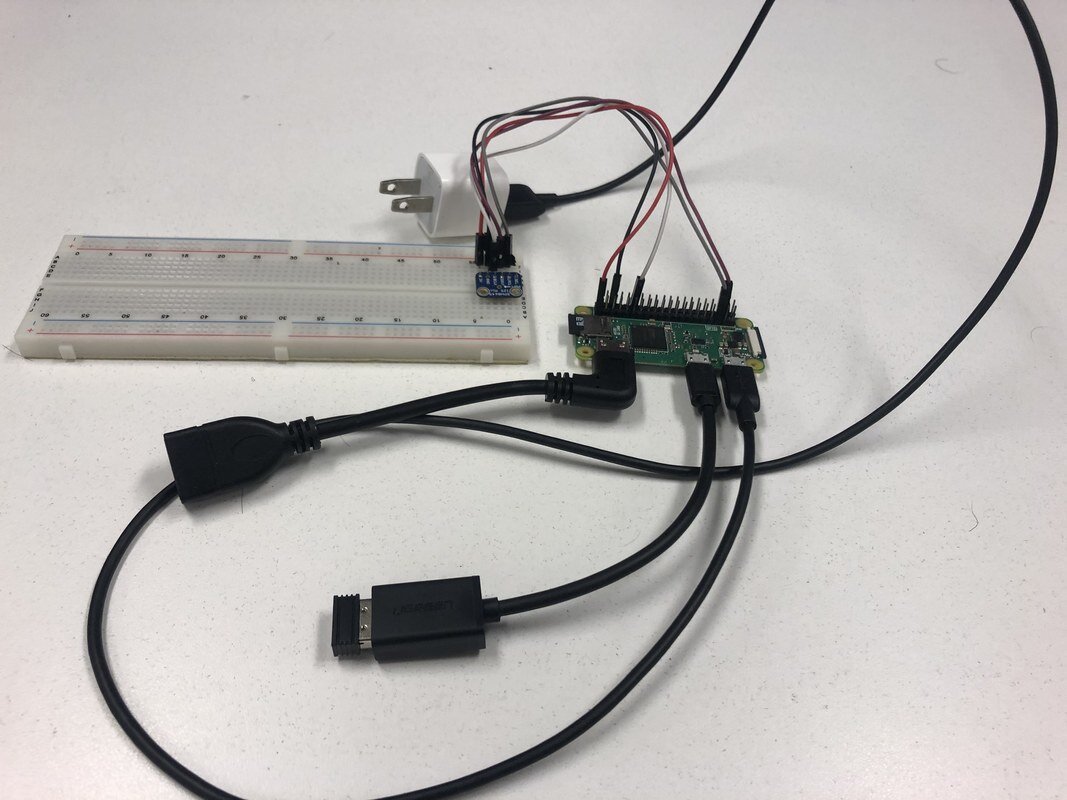Projects in 2019
Rather than creating an apparatus that strums and holds down the chords, our new approach involves making an apparatus that has a foot pedal, so the client is free to hold the chords down with his hands.
Our solution involves taking the weight off from the groin area by having several contact points elsewhere.
These 3D printed replicas should be tactilely legible, utilizing the iterative nature of additive manufacturing to optimize user experience.
The project team has designed a braille block that is easy to use, comfortable to hold, and can connect to other braille blocks.
Our group decided to modify this design by increasing the length of the lever such that the movement is easier for the user to feel with their hands.
The group has successfully built a prototype for the second version, the next phase of the project that they are in the middle of will focus on transferring that prototype into a deliverable product.
Our main priority was to find a way to attach the tray securely to Skyla's wheelchair. Our eventual system was a series of buckles and cables that ran from the top of the tray and under Skyla's table.
This project aims to improve the mental and physical health of a trans-radial amputee by enabling them to exercise in the gym.
Our solution is going to be completed in two phases. The first being implementing a lap bar into the design so that James has a seat that fits properly.
A 5-7 week programming curriculum that covers the basic skills necessary for students to become acquainted with and comfortable in beginner-level Python.
The current group has designed a bike that is able to balance on multiple wheels. The bike operates using both arms and legs with a mechanism to help with inclines.
Our current solution is an array of mechanical switches suspended around Max’s head which allow him to control 4 of the 10 buttons on a traditional Xbox controller.
A website that tailors support to the needs of the user. This website allows families to set a goal for their child and receive suggested milestones to help prepare for their future.
The design of the project would have a few simple components: a case, a suction cup, and buckles.
A rotary encoder attached to the restorator’s axis will measure the rotation of the pedals.
The previous groups used a mechanical release system that deployed the hair tie around the hair once it was gathered.
Previous prototypes were able to use the vibrations of a vocal cord as inputs with limited success.

